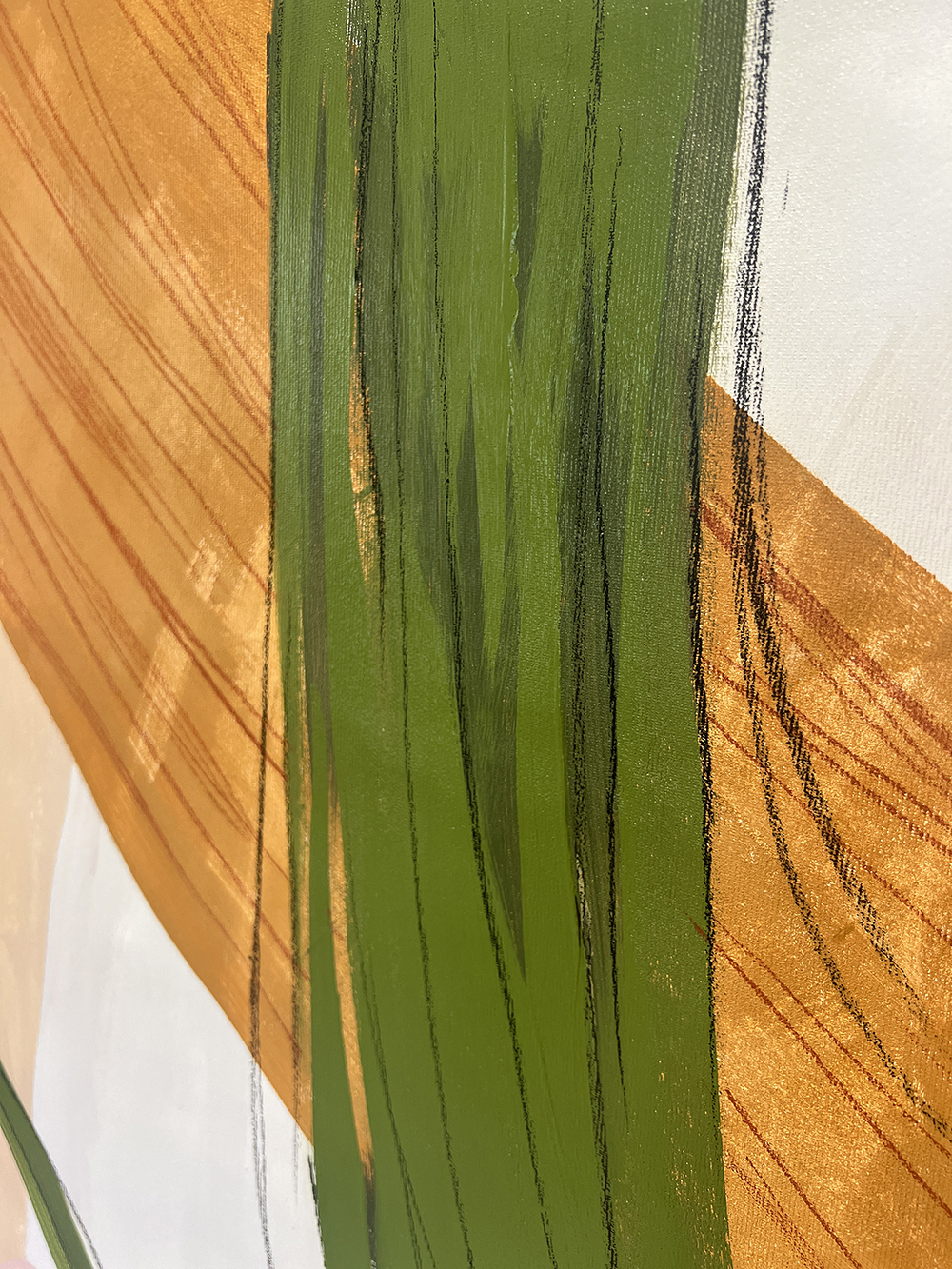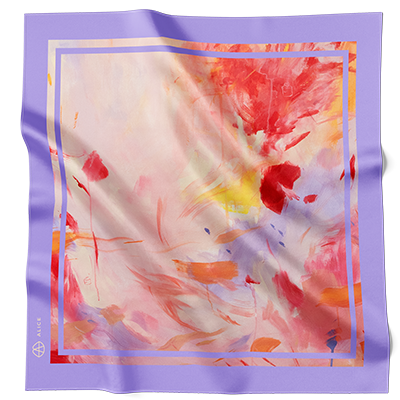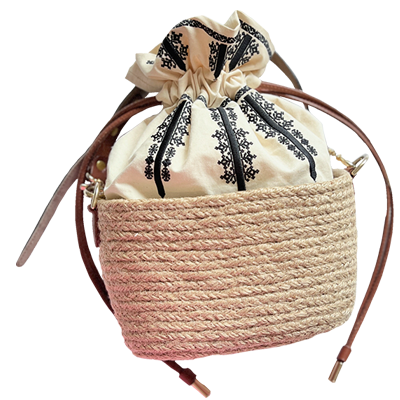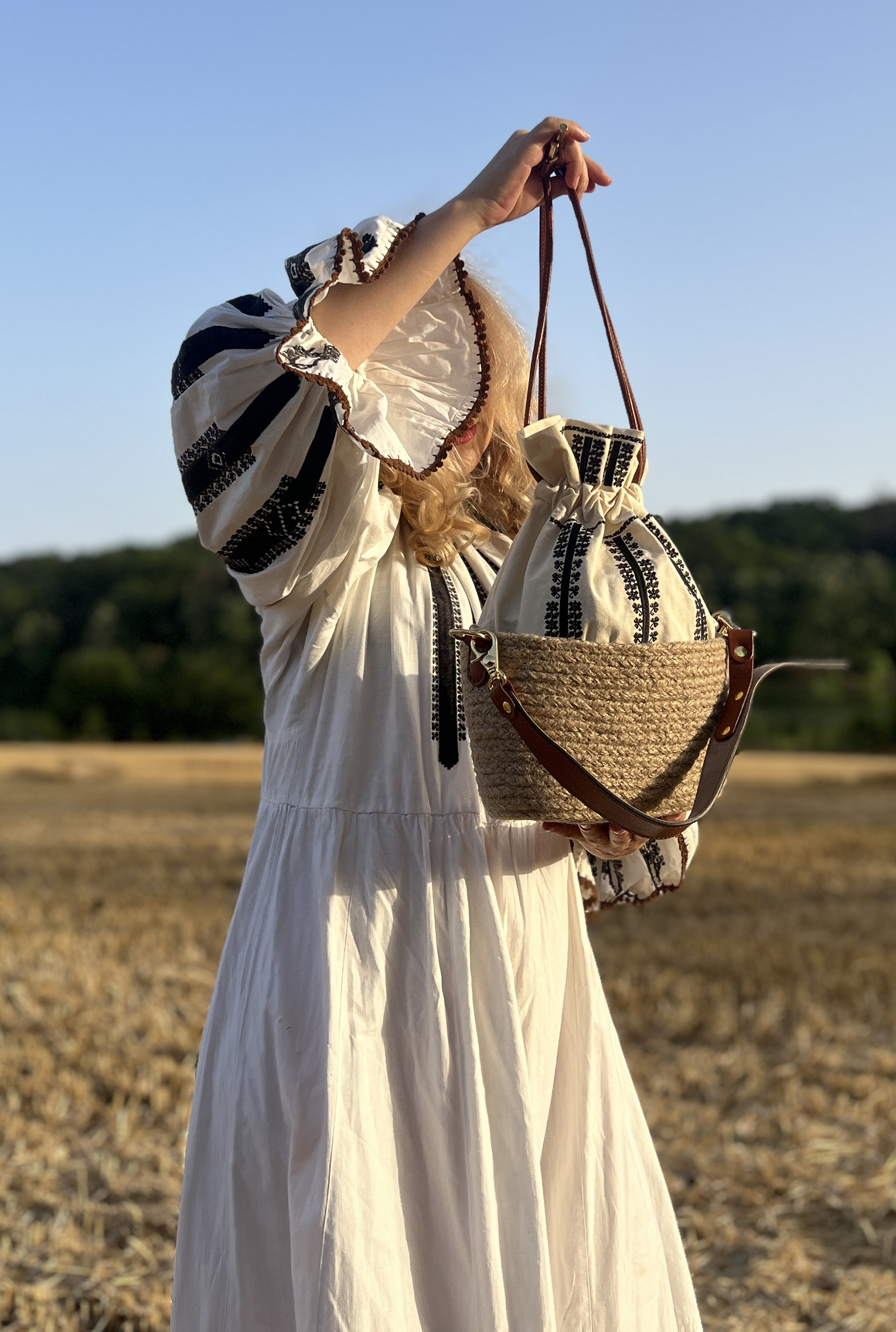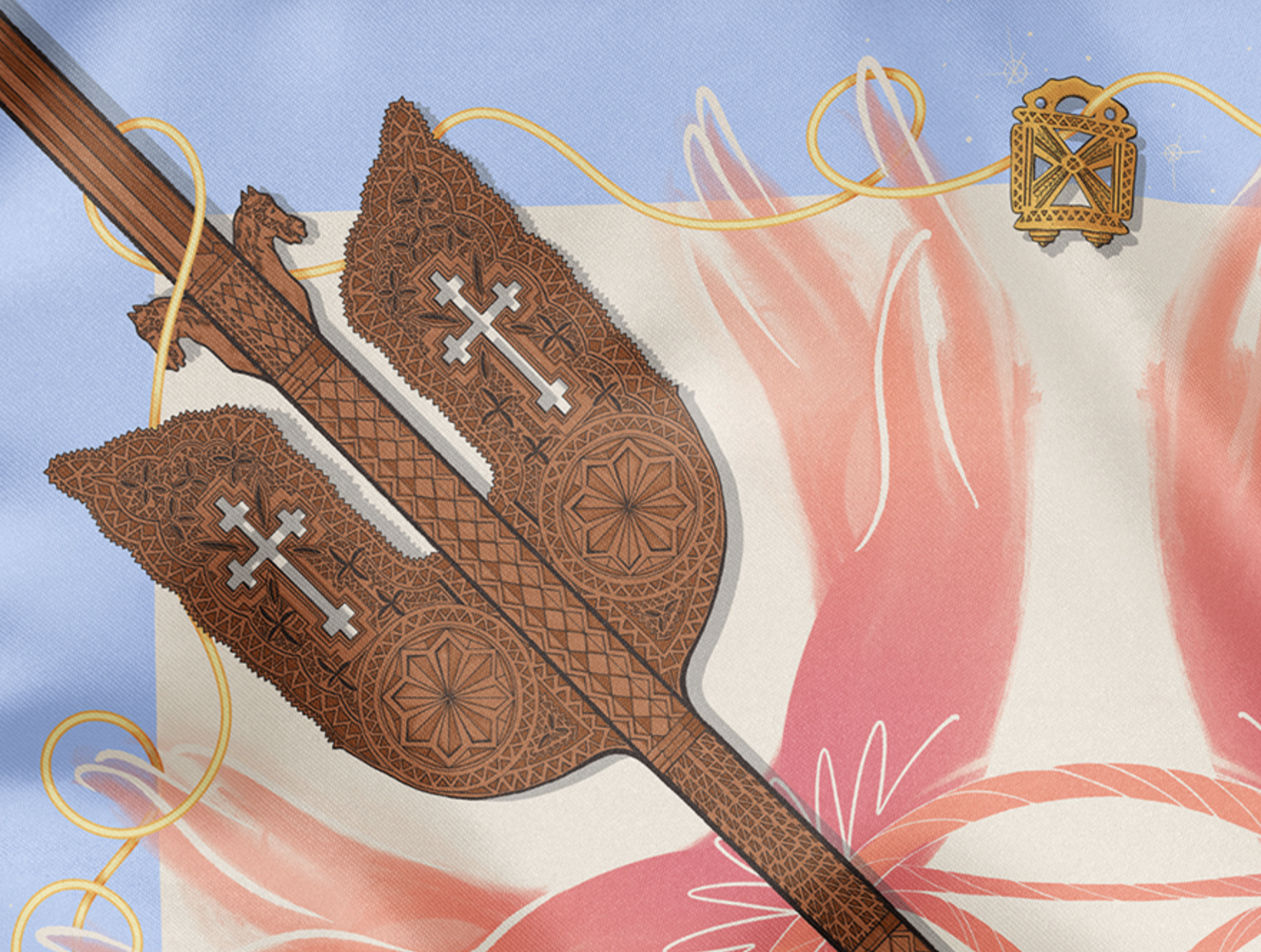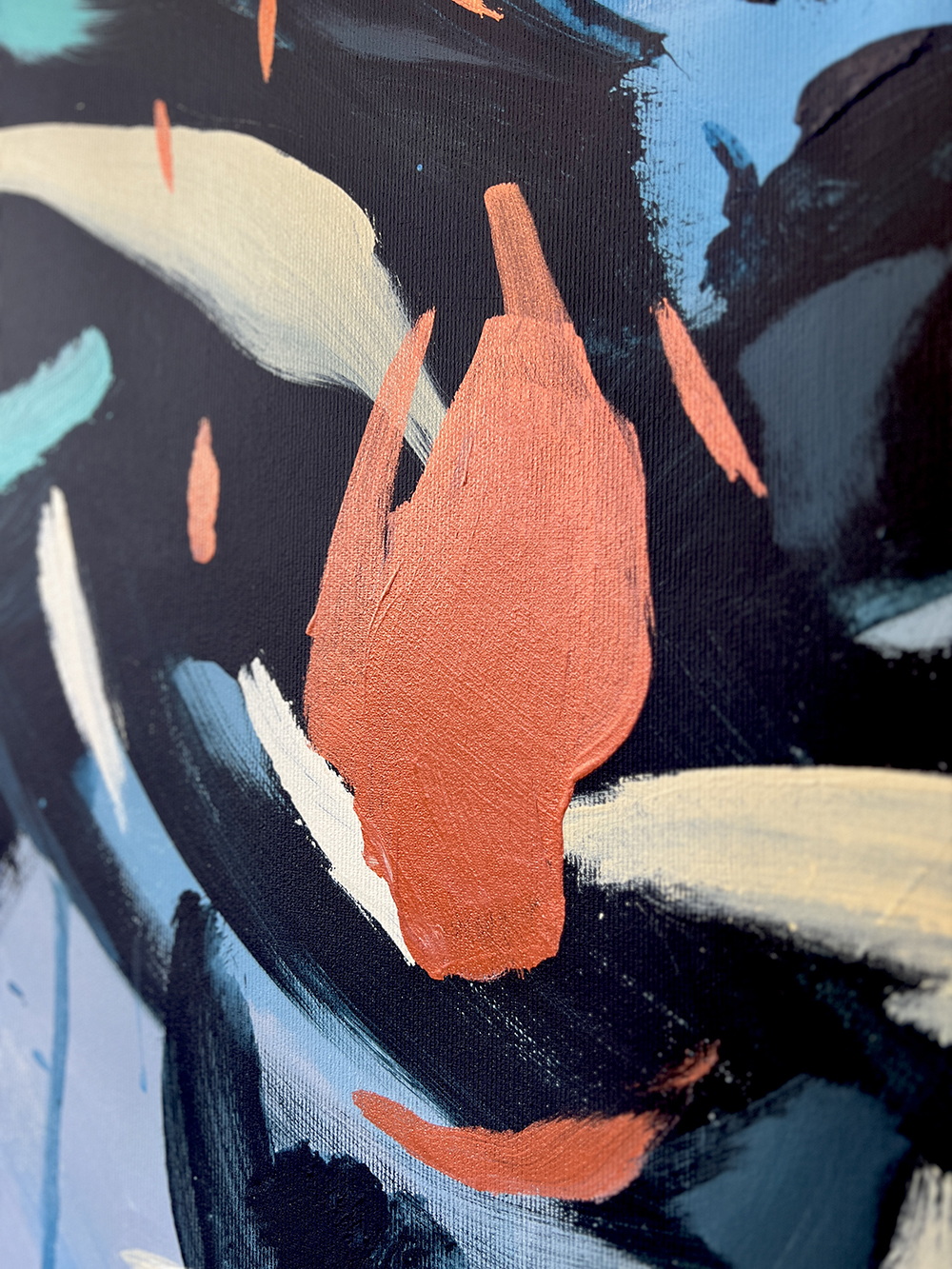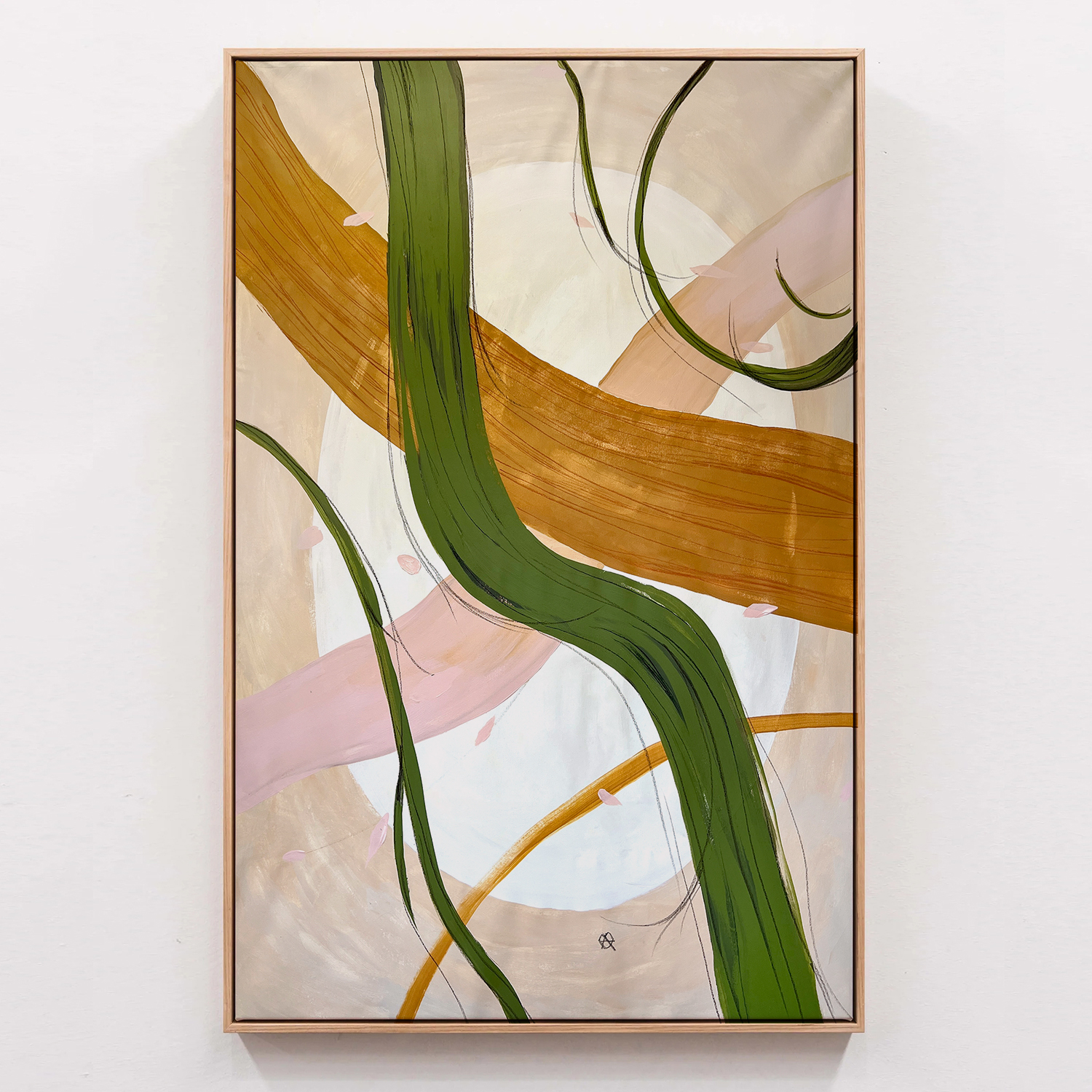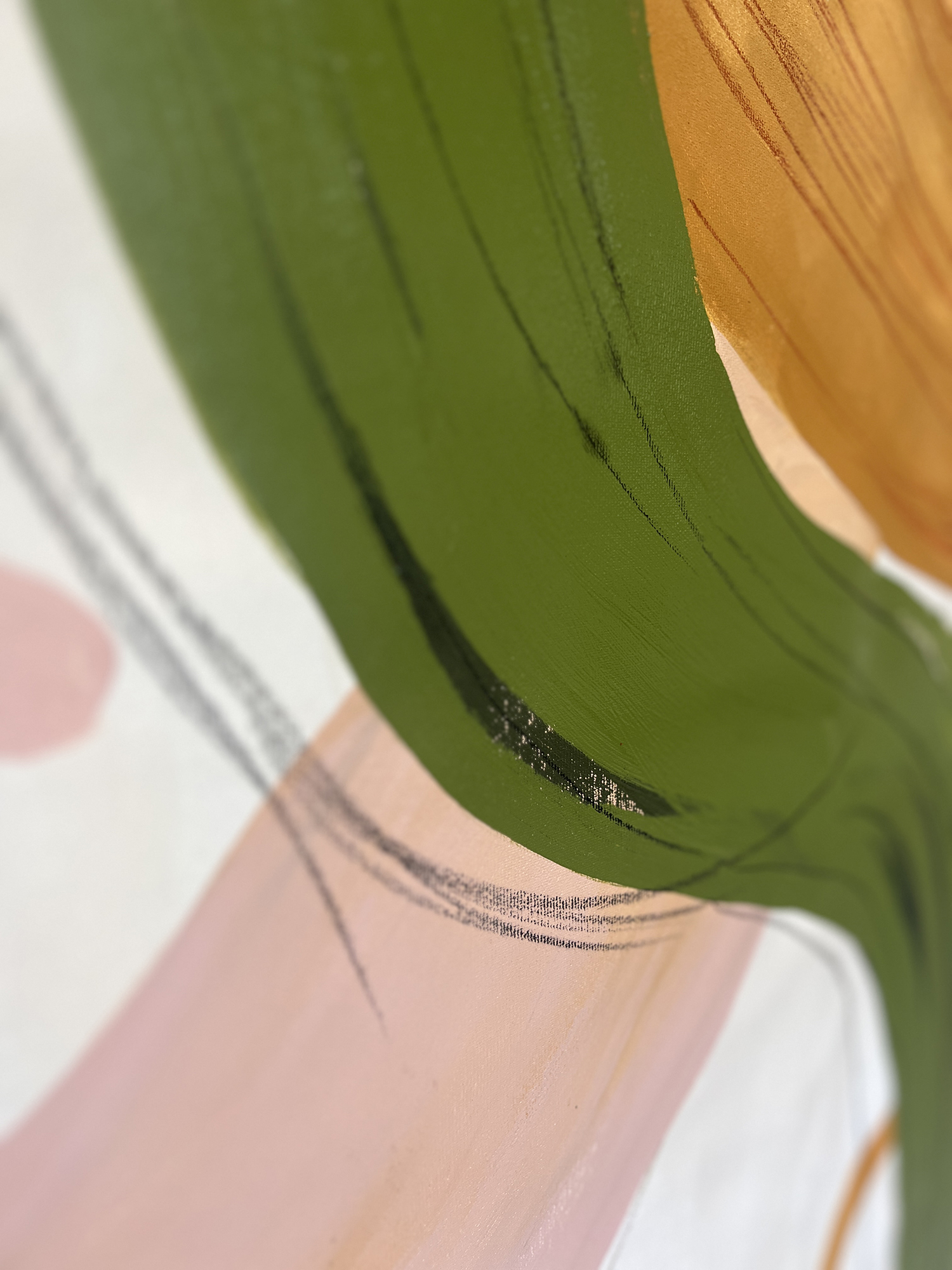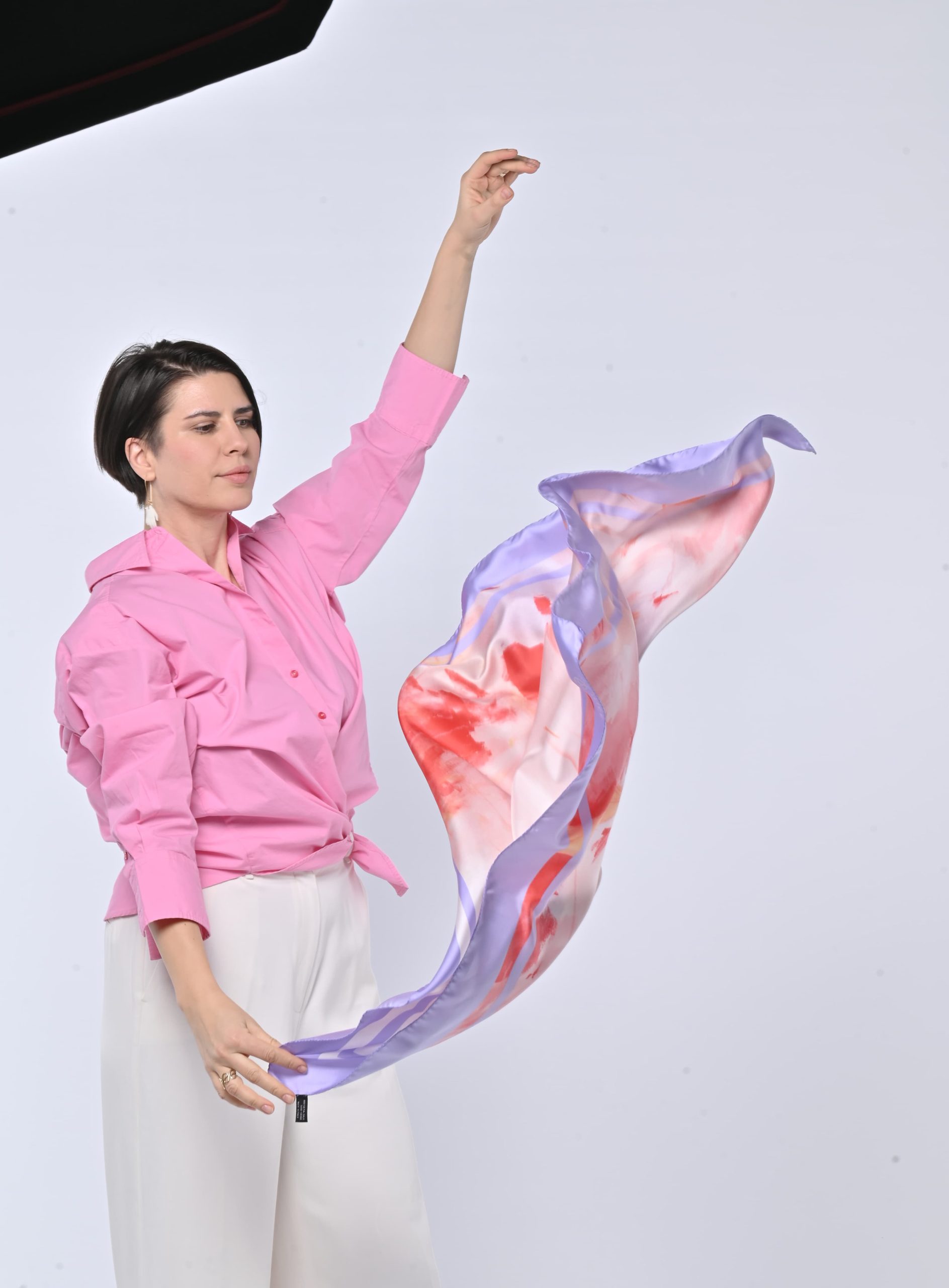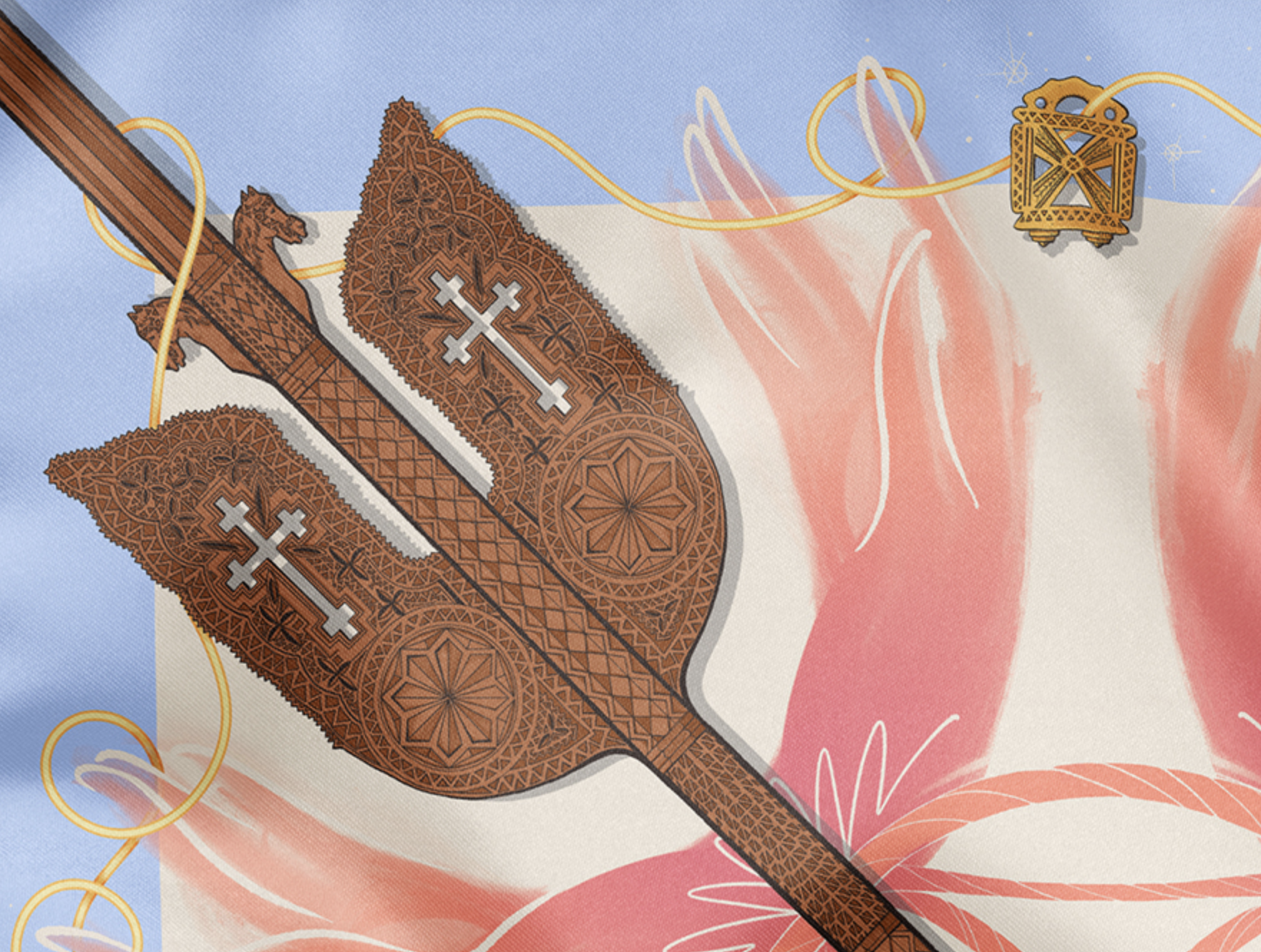Saint Theodore’s Day, with particular importance in the Orthodox Christian cult, has, however, much deeper roots, with certain pagan beliefs continuing to this day.
Always celebrated on the first Saturday of The Easter Lent (”Păresimi”), Sântoader’s Day has a double meaning for people at the countryside- one Christian and the other pre-Christian. The latter is related to the “Sântoader” who roams on a horse with a horn on its head, a naughty horse, which doesn’t drink or eat anything for as long as a year. On The Sântoader Day, however, it’s allowed to drink and graze, not grass, but maiden’s hair. Other legends mention several horses of Sântoader (seven, eight or nine). The most important of these, called “Sântoaderul The Great”, falls every Saturday after they start, that is, on the day of Saint Theodore. On the eve of this day, the people of the village cut the cattle’s hair between the horns and the tail, grooming them well, in order to grow beautiful hair and “to clean themselves of the winter”.
